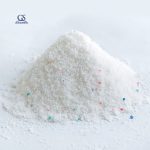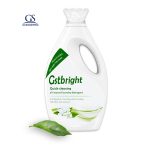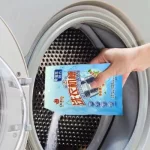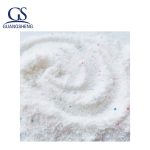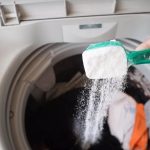Advantages of using enzymes in washing powder
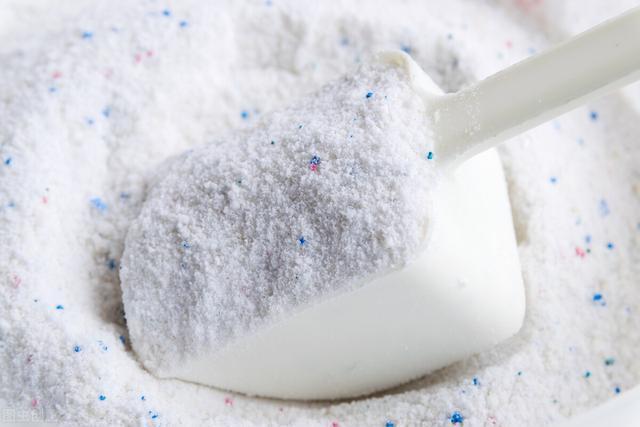
When our clothes are stained with oil, sweat, or blood, it is difficult to clean with ordinary laundry detergent. To solve such problems, scientists have developed a more effective washing powder.
The components of common laundry powders can be simply summarized as surfactants, buffers, builders, synergists and excipients. Surfactants have hydrophilic and lipophilic groups, which can be aligned on the surface of the solution and weaken the adhesion between stains and clothing. Buffer is one of the most important raw materials of laundry detergent. The decontamination ability of laundry detergent will be improved in an alkaline environment, while buffer can provide a proper alkaline washing environment. Commonly used buffers are carbonate, silicate, etc. Washing powder generally contains a variety of builders, which are used to meet different functional requirements, such as improving the decontamination ability, improving the anti-redeposition performance of the washing powder, etc., which can improve the comprehensive performance of the washing powder.
Ordinary washing powder has limited decontamination ability, so scientists have developed washing powder with biological enzymes added. Enzyme-added laundry detergent not only has a strong decontamination ability but also is more environmentally friendly than ordinary laundry detergent.
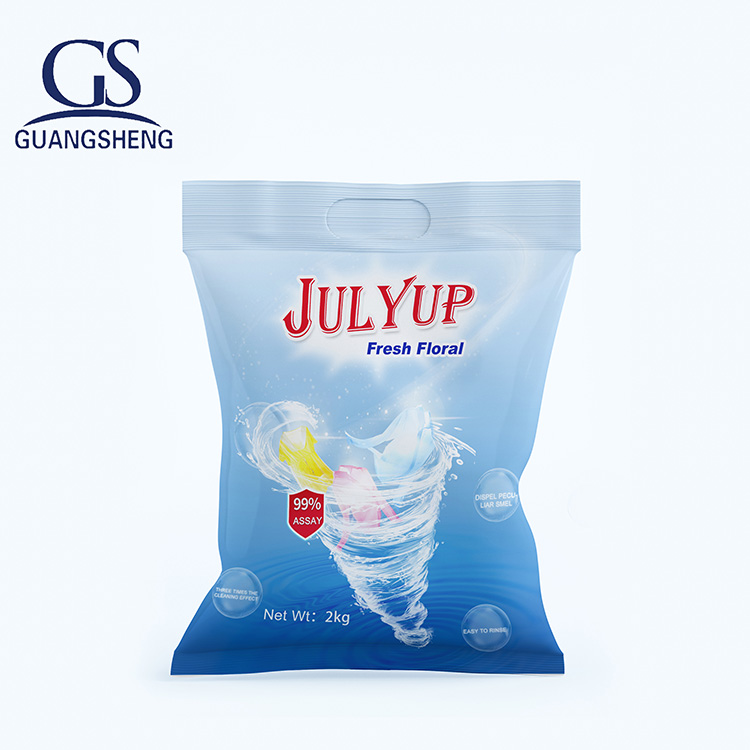
Ecos plus laundry detergent with enzymes
Ordinary washing powder has limited decontamination ability, so scientists have developed washing powder with biological enzymes added. Enzyme-added laundry detergent not only has a strong decontamination ability but also is more environmentally friendly than ordinary laundry detergent.
Enzyme-added laundry powder refers to laundry powder containing enzyme preparations. Biological enzymes can hydrolyze macromolecular proteins in bloodstains, milk stains, and other stains into soluble amino acids or small molecular peptides, making them easy to fall off from clothes.
Enzyme-added laundry powder refers to laundry powder containing enzyme preparations. There are four types of enzyme preparations commonly used at present: protease, lipase, amylase and cellulase. Among them, the most widely used and the best decontamination effect are alkaline proteases and Alkaline lipase. Protease can hydrolyze macromolecular proteins in blood stains, milk stains and other stains into soluble amino acids or small molecular peptides, making it easy to fall off clothes; lipase can hydrolyze macromolecular fats in oil stains into small molecular substances; starch Enzymes can hydrolyze macromolecular starch into small molecular substances; cellulase can hydrolyze cellulose into small molecular substances.
Enzyme-added laundry powder has a stronger decontamination ability than ordinary laundry powder because of the presence of enzymes, but enzymes have higher environmental requirements. Temperature, pH and surfactant will affect the decontamination effect of enzyme-added laundry powder. In order to make the enzymes have better activity in the washing powder, scientists have produced enzymes that are resistant to acid, alkali and higher temperatures through genetic engineering, and use special chemicals to wrap the enzymes layer by layer and mix them with the washing powder. The other components are isolated, and this isolation layer will dissolve quickly when it encounters water, and the enzymes wrapped in it can quickly play a catalytic role.
Copyright 2020, Hebei Guansheng Technology Co.Ltd All Rights Reserved
 Hebei Guangsheng Technology Co.Ltd
Hebei Guangsheng Technology Co.Ltd
 Hebei Guangsheng Technology Co.Ltd
Hebei Guangsheng Technology Co.Ltd
